Explore the beauty of Iran in autumn
Autumn is the season that nature wears its most fascinating colored gown. The gold, red, orange, purple, brown, and green against a thin layer of grey clouds in the sky pour into your eyes and haunt your soul to never forget the gorgeous scenery that has been swallowed by the magical fall.
Waking up to the mist of the morning with a view of the scarlet tree leaves in the Alborz Mountains will awaken the poet inside you like Nima, the famous contemporary Persian poet who was born and lived in Yoush.
Autumn is the best time to visit the Hyrcanian forests of the Alborz Mountains. Hyrcanian forests are old-growth surviving forests dating back to 25 to 50 million years ago. This beautiful treasury carries millions of different DNA and genes making this location a green biology library.
There are more than eighty different plant species living in Iran’s Hyrcanian woods with some rare kinds such as Beech (Fagus), Alder, Elm, Prunus avium, or wild cherry. Hyrcanian forests existed in Europe as well but did not survive the cold climate of the region and went extinct. Caspian shores are warm and humid helping these plantations to survive. These forests are the inhabitant of Persian ironwood known as Parrotia Persica native to the north of Iran. The leaves of this deciduous tree are reddish-purple in spring, dark green in summer, and yellow-orange in fall.
Semnan
“Cloud Forest” one of the fascinating natural phenomena in Iran occurs in the Hyrcanian forests of Semnan province, on the north of the city of Shahrood known as “The Little Continent”. Every day before the sunset temperature falls, the atmosphere starts to change and the clouds start rushing into the woods to make an ocean of clouds in the valleys. Naming Shahrood as a little continent comes from the great biodiversity in the city. The lavish green forests on the north, the central desert and national park of Turan, the inhabitants of Asiatic Cheetah, on the South, and a great variety in climate, customs, handicrafts, and agricultural products all over the Shahrood brought up its nickname.
Shahrood
Mausoleums of Bayazid Bastami “King of the Gnostics” and Sheikh-e Kharanaghi two of the greatest masters of Sufism in Iran are in Shahrood and receive so many visitors during the year. Sheikh-e Kharanaghi, a highly respected mystic, is famous for his saying “Anyone who enters this house feed him without asking about his faith” which expresses his humane and righteous philosophy in life.
Khuzestan
Let’s move from the evergreen woods of Alborz to the ancient province of Khuzestan in southwestern Iran, the birthplace of Elamites one of the world’s early civilizations. Iran is famous for being a hospitable nation, but the people of Khuzestan surprise the rest of Iran for being super kind and welcoming.
The Elamite kingdom (2400 to 539 B.C.) arrived long before the Persians built a ziggurat in the city of Dur Untash, the current city of Shush which is the largest ziggurat in the world today. Finding Chogha Zanbil ziggurat, that remained unfinished, had a great contribution to our understanding of the period of the Elamites. It is a UNESCO world heritage site.
Shushtar
Shushtar historical hydraulic system is described by UNESCO “as a masterpiece of creative genius”. This water system is a series of canals bringing water from Karoon to create a moat around the city of Shushtar and transport water for irrigation, watermills, and private reservoirs. The Shushar water system was built by Roman prisoners of war in the third century B.C. on existing foundations from earlier.
Bakhtiari, Lor, and Qashqai tribes who live on the foot of the generous Zagrus Mountains add to the splendor of Khuzestan. In the old days, these strong and proud people buried their warriors who died fighting in battles with a giant stone lion sculpture on their graves. The lion symbolizes the powerful and royal soul resting underneath them.
Make sure you try Sboor fish, the most favorite food among the Khuzestani people. A savory and spicy sauce called Hashoo made with cilantro, garlic, and tamarind paste roasted with spices and turmeric goes on the Ilisha fish (Tenualosa ilisha) known as Sboor that is baked in the oven or over the fire.
Yazd
Next, we will go toward the east to the dry and thirsty lands of Yazd, a city that has been sitting on the road of merchants of silk, saffron, and turmeric since antiquity. Yazd the city of adobe houses and wind towers in the desert is the birthplace of Zoroastrian religion. The holiest Zoroastrian fire, Tower of Silence, and Dowlatabad Garden are some attractions you must visit in Yazd.
Zoroastrians used sky burial for their dead. They believed once a body ceased to live it became in danger of getting in contact with demons and becoming impure and it could contaminate the soil and water if it is buried without proper filtrations. To prevent the infiltration Zoroastrians used open burials. They left the bodies on top of the Tower of Silence, built on a hill, so the flesh would be eaten by vultures and the bone would be bleached out by the sun and other natural elements. Then the clean bones were placed in ossuaries inside or close to the tower. The use of this method dates back to the 4th and 5th century B.C.
Zoroastrianism and Islam have coexisted in Yazd for ages now, giving this city even more value and characteristics. Jame mosque of Yazd is the turquoise blue gem of the city with its high ornate minarets and gorgeous tile-work and a serene setting that fondles your spirit.
In Yazd, there is a Fire Temple where you can visit the most sacred Zoroastrian fire in Iran. The fire is so sacred that it is displayed behind a glass screen to prevent pollution from people’s breath! Yazd Fire Temple is the only Atash Bahram in Iran. There are nine Atash Behrams in the world; eight of them are in India and one in Yazd, Iran. According to the Zoroastrian religion, there are different types of fire, such as fire from a baker, fire from a potter, fire used in burning a corpse, fire from the house of any Zoroastrian, etc., and the fire burning in an Atash Bahram contains all the types giving it the highest grade. Yazd Atash Behram’s fire has been burning since 470 AD in different fire temples in Fars province and was brought to its current location in 1934.
Dowlatabad Garden in Yazd is one of the nine Persian gardens inscribed on UNESCO World Heritage Sites. Persian Garden is an expression of love, literature, poetry, architecture, art, life, and a masterpiece of bright human creativity. Chahar Bagh literally meaning four gardens refers to the structure of these gardens that is divided into four sections by water fountains. Sophisticated water management is a significant achievement in combining natural elements with human creativity to become a central feature in palaces, mausoleums, private residences, and public buildings.
Persian Garden was born in the days of the Achaemenid Dynasty and has been the inspiration for many gardens ever since; the Taj Mahal is a remarkable example. Pairidaeza, in Avestan language, meaning a celestial garden became the inspiration to create a heavenly paradise on earth. Creating a lush garden with elegant fountains in the middle of the desert adds to the beauty and charm of the Persian Garden.
Do not miss the delicious part of Yazd: Haj Khalifeh pastry shop, a one-hundred-year-old confectionary creating artwork in this industry. Make sure you pay a visit to this museum of the most delicious and fresh traditional Iranian pastries. Qotab, Baklava, Pashmak, Haji Badam (Persian almond macaroon), and Cake Yazdi are some of the traditional Persian cookies and cakes that are prepared by the most talented confectioners following the recipes that have been passed down through generations as a treasured legacy.
All the tourists who travel to Iran claim Yazd is one of the loveliest parts of their travel, and they never expected to be fascinated by such exotic architecture and glamour in a city in the heart of a desert.
Kerman
Now let’s travel a bit more toward the south to Kerman province, home to such incredible sites as Bam Citadel, Lut desert, the Cultural Landscape of Maymand, Shazdeh Garden, and one of the main producers of pistachio in Iran. A newly discovered canyon, Roghe, close to Rafsanjan in Kerman province is an absolutely must-visit site in Iran. Roghe Canyon another phenomenon created by the hands of nature has twenty thousand years of history.
Mid-fall is the season of visiting and staying in the magical desert. Kaluts of Shahdad in Lut are remarkable creations formed by wind, water, and soil and are incredibly beautiful. Shahdad and its Kaluts were enlisted by UNESCO in the World Heritage Sites in June 2016, as the very first natural attraction of Iran. Lut desert is universally known as one of the most mysterious spots and it carries the title of the hottest place on earth as well.
Ganjali Khan Complex, a Safavid-era structure, is still sitting in the old section of Kerman consisting of a school, square, caravanserai, bathhouse, Ab Anbar (water reservoir), mint, mosque, and a bazaar. The bathhouse, converted into an anthropological museum in 1971, has stunning architecture with ornate tile works, paintings and plaster works on the ceiling, walls, columns, and floor.
Meymand, a village trapped in time, located at the end of a valley at the southern edges of Iran’s central mountains is one of the primary human residences in the Iranian Plateau. It’s stayed so untouched over the years that even in their local language there are words from the ancient Sassanid and Pahlavi languages. Meymand villagers live in temporary settlements in spring and autumn. They are semi-nomadic agro-pastoralists. Meymand has a semi-arid climate with cold and harsh winters and hot summers.
Meymand and its hand-carved caves will take you to the days Iranians were worshipers of Mithra and mountains were sacred to them. Still to this date, scientists are not sure about the first inhabitants of Meymand who carved the houses in stone.
To make your journey even better and more exciting try Kerman’s Boz Ghormeh. A traditional and super delicious food special to this city made with diced meat, peas, garlic, onion, Kashk (drained sour milk), and special spices.
Traveling to Iran is always a good idea, at any season, to any location. We cannot agree on just one specific time to enjoy the glory and magnificence of Persepolis city or to be fascinated by the dreamy blue tiles of Sheikh Lotfollah Mosque or the eye-catching ancient bridges in Isfahan.
Conclusion
Now that the glorious autumn is here, it’s another great opportunity to journey across Iran, this one-of-a-kind destination in the world.
Autumn is the season of pomegranate, Mehregan celebration, and the Yalda. The season of shorter days, softer lower-angle sun, long shadows, and the foliage turning red and falling off the trees. Life goes on, nature never stops destroying and rebuilding itself and all this is to tell us to not stay still, go discover the world, see all there is to see, touch, smell, and listen to all the pleasant and unpleasant out there, to finally discover yourself.
Are you planning to travel to Iran? Check out our Iran tours. Maybe the best places to visit in Iran are also interesting for you.


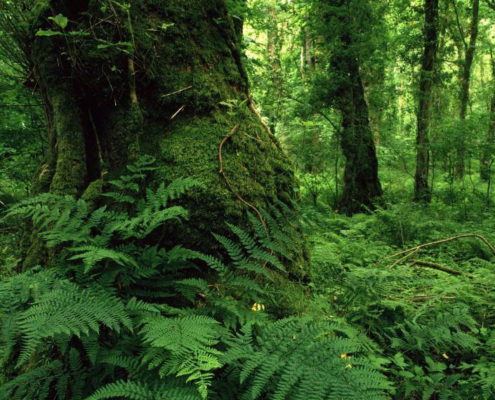
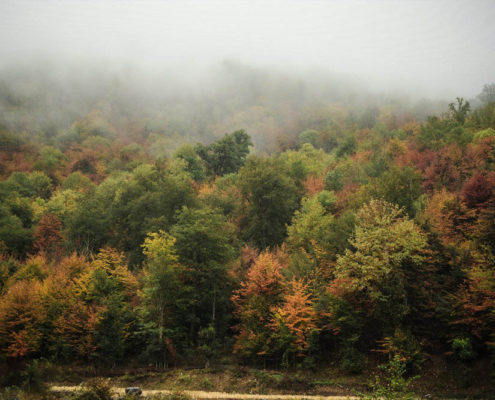
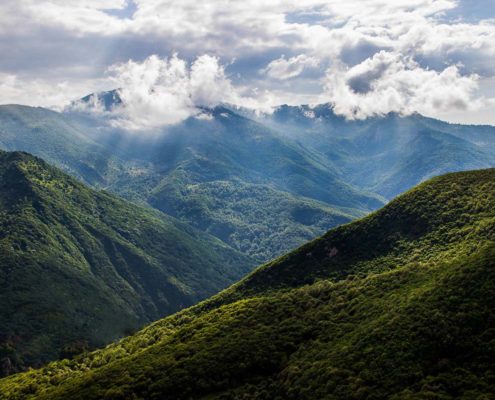
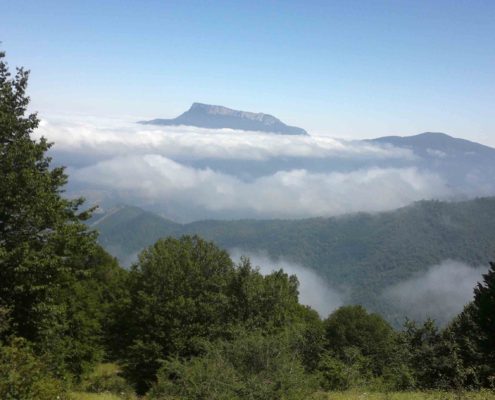

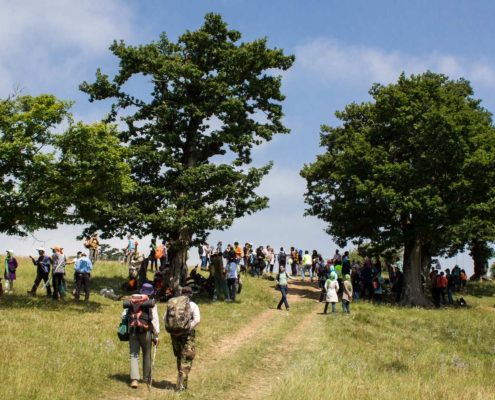


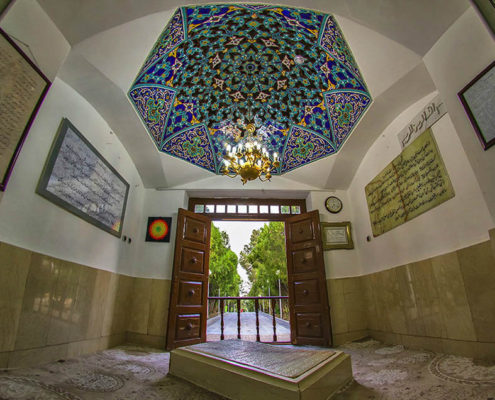
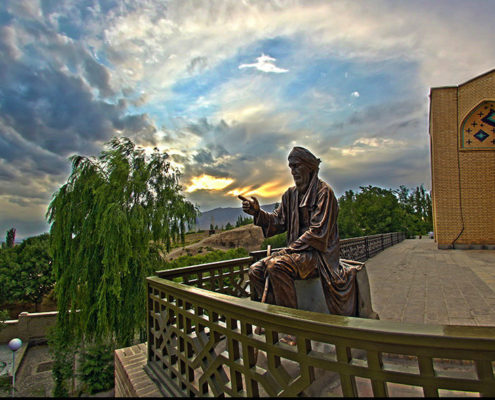
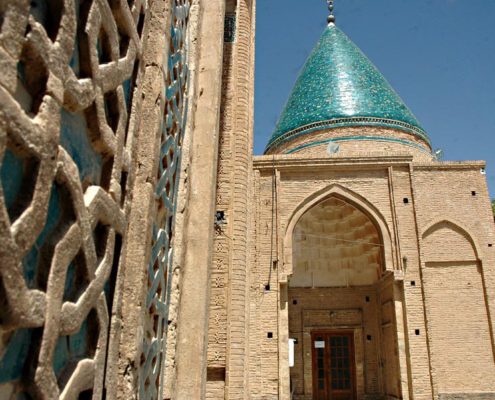
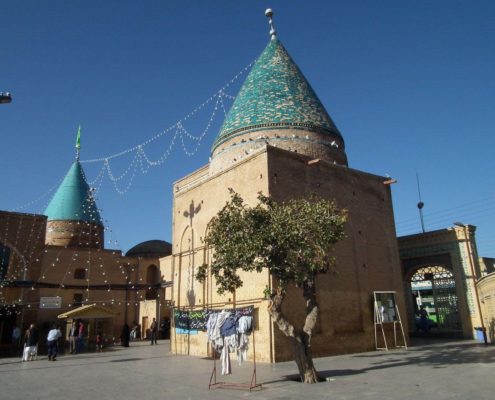
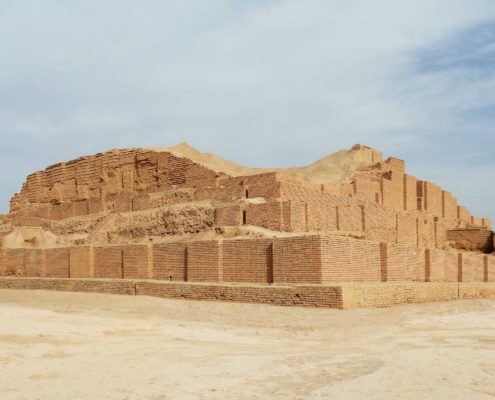
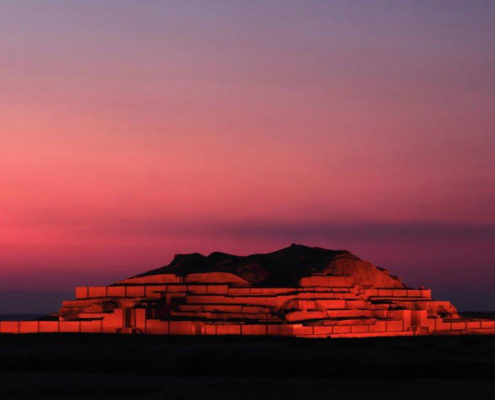
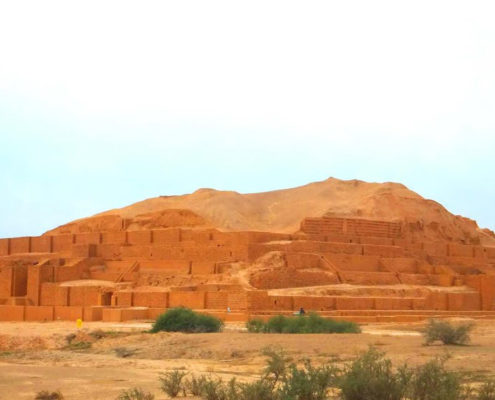
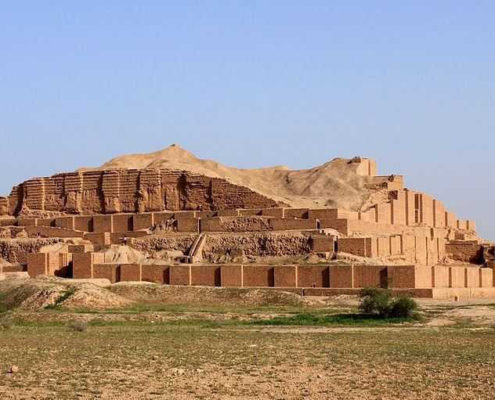
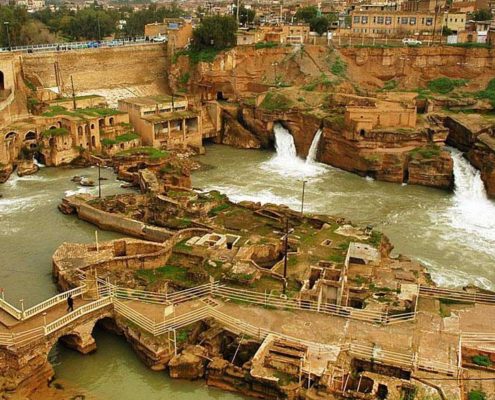
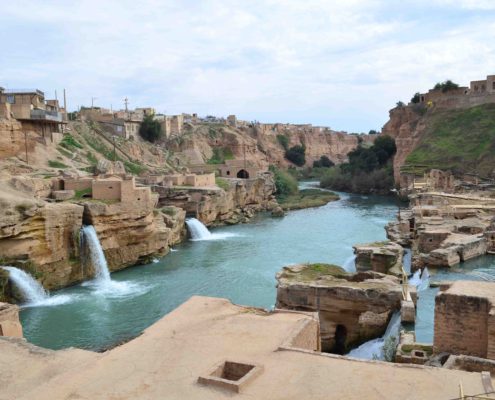
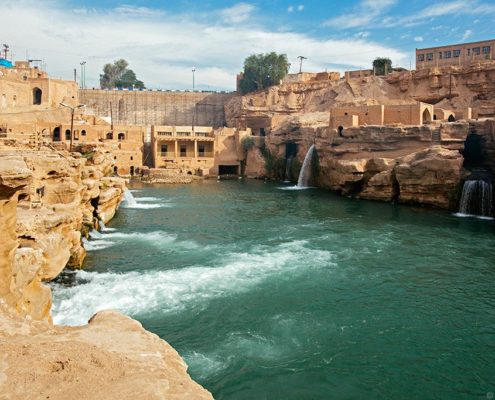
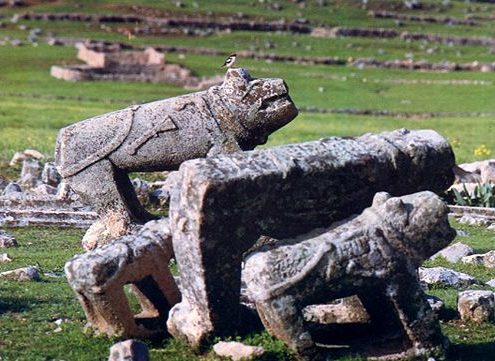
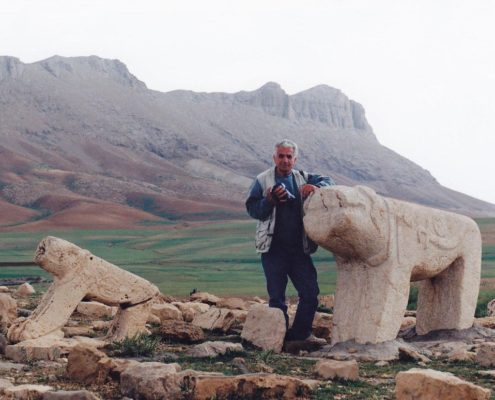


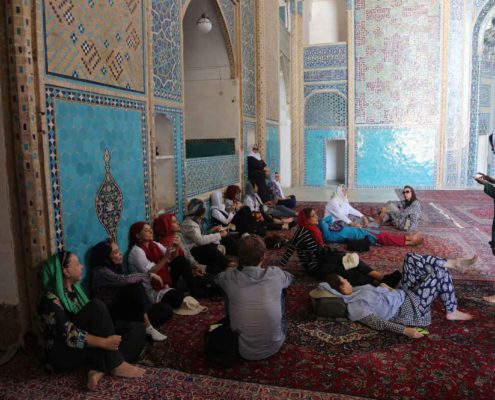
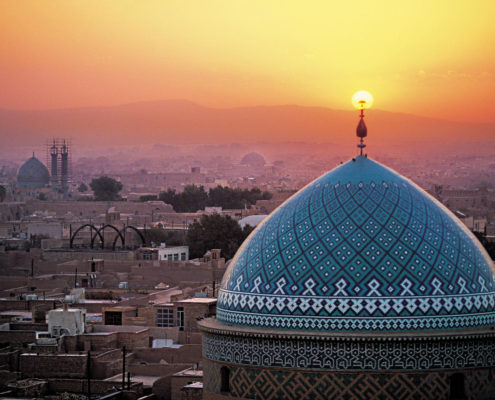
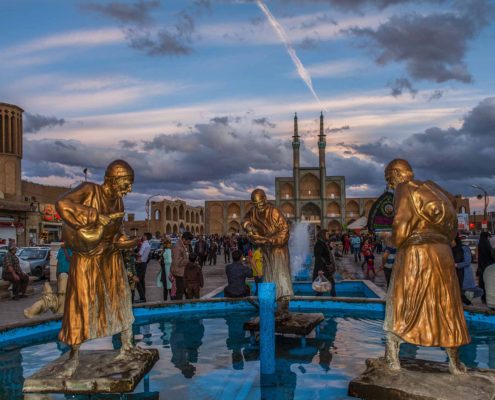
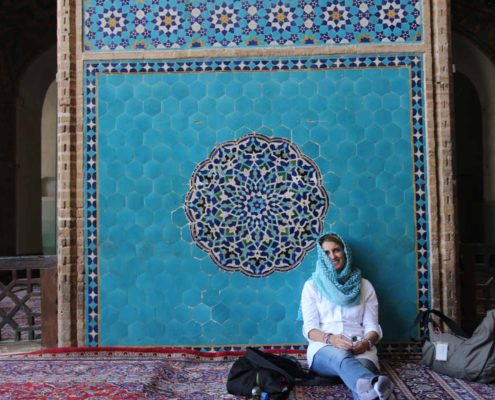
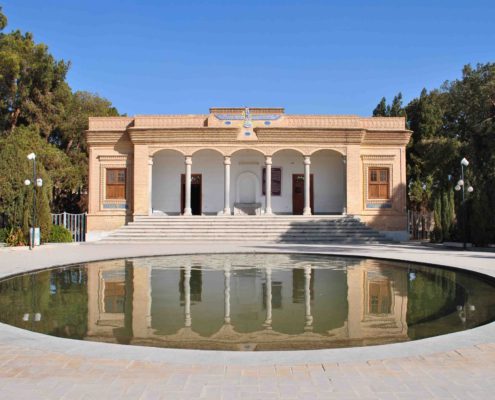
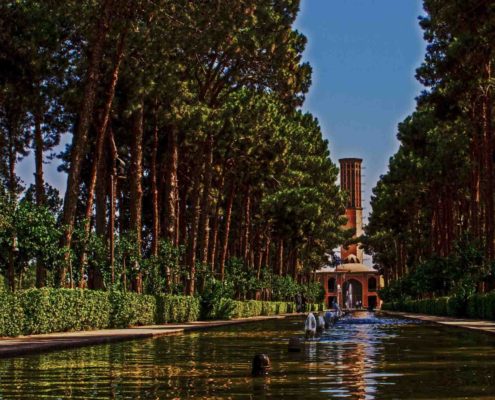

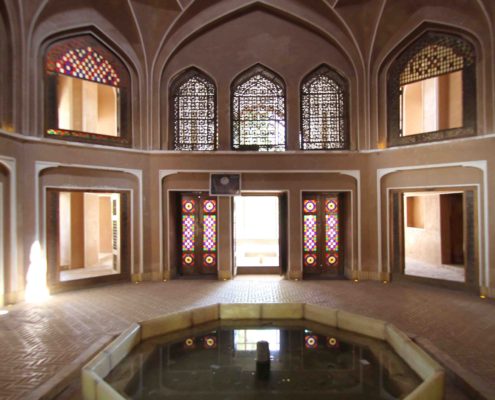
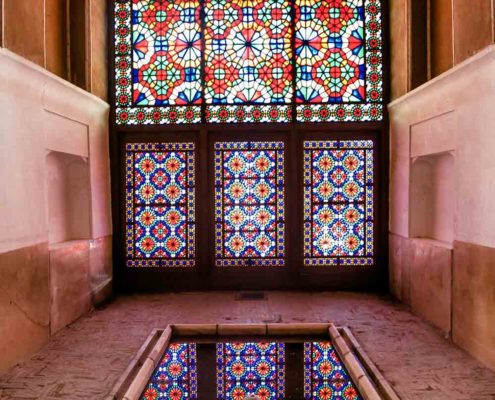
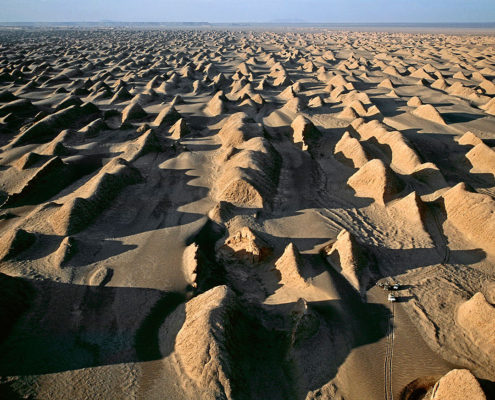
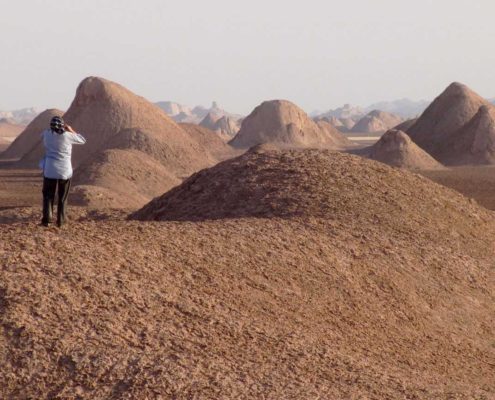
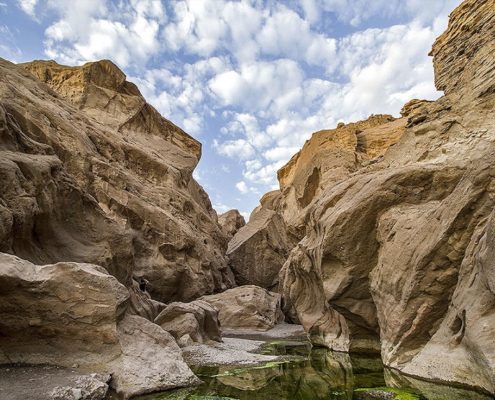

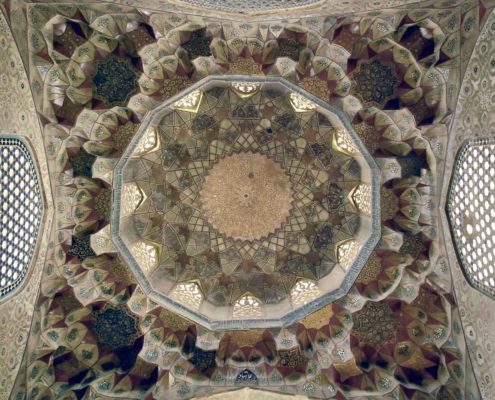
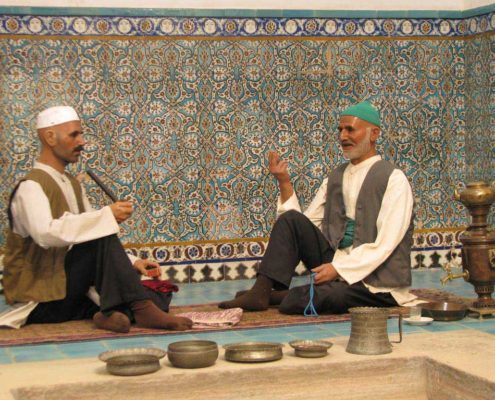
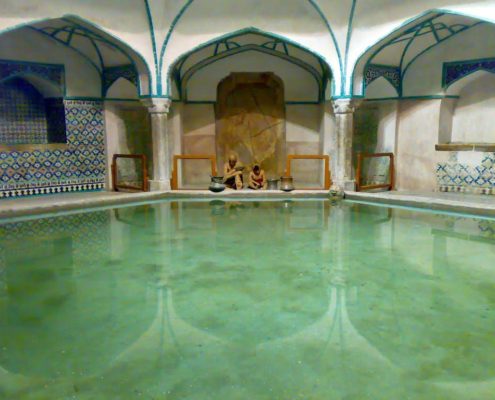
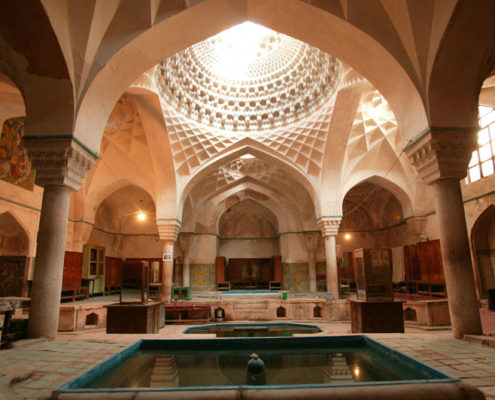
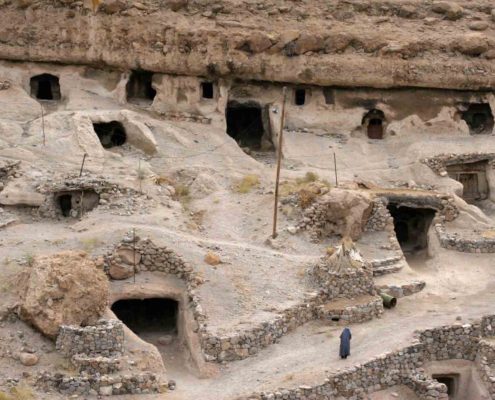
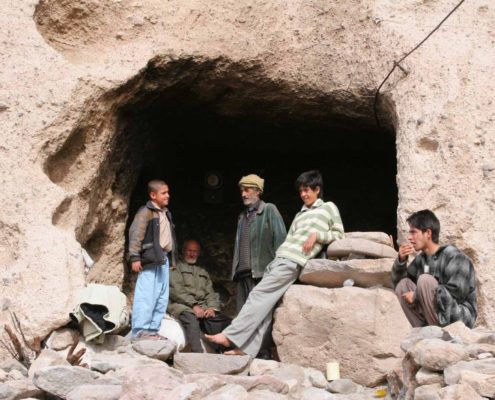
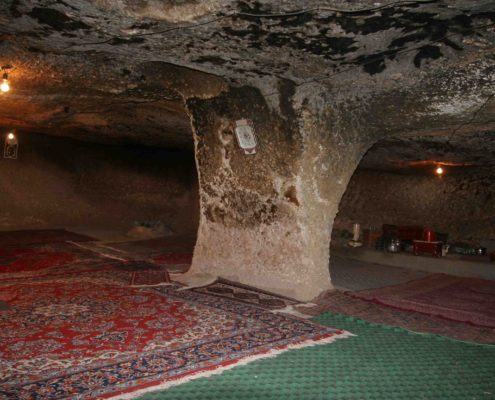


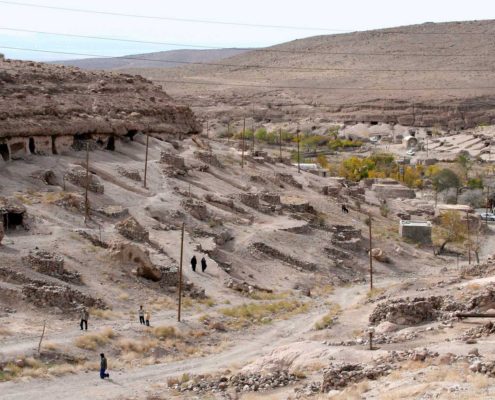


Leave a Reply
Want to join the discussion?Feel free to contribute!